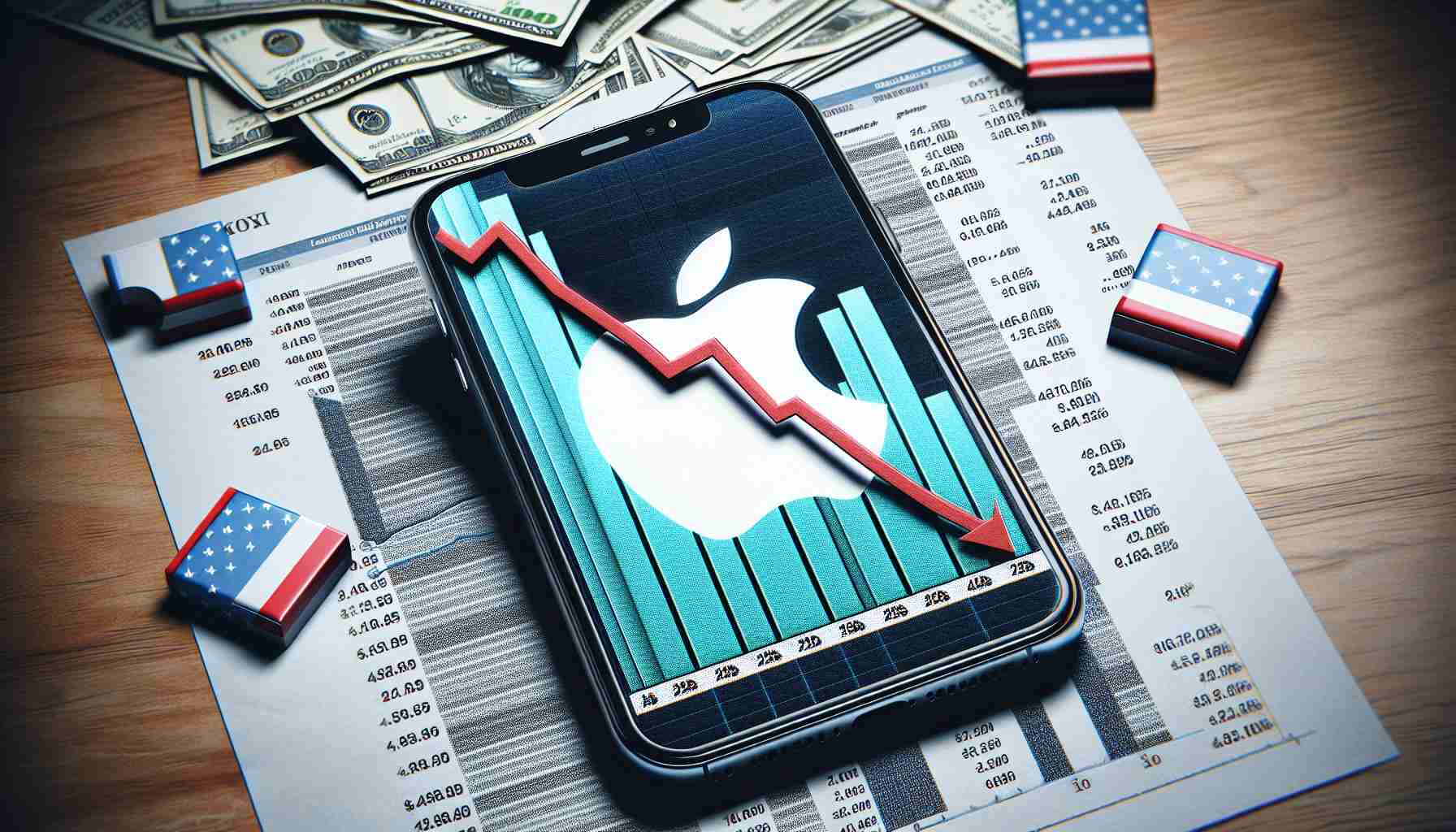Apple’s Once Dominant Position Wanes as iPhone Activations Drop
Apple, once the reigning monarch in the U.S. smartphone market, is experiencing a noticeable dip in its new smartphone activations. Research by Consumer Intelligence Research Partners (CIRP) has unveiled that the tech giant’s share of new smartphone sales has plummeted to a mere 33%, a low not observed since 2018. This marks a troubling shift for Apple, who previously enjoyed a stronger hold with 40% of new activations.
Longevity and High Costs: A Double-Edged Sword
The decline seems to stem from the impressive durability and longevity of Apple’s iPhones, coupled with their steep price tags. Consumers are hesitating to upgrade, which is not surprising considering iPhones come with a significant investment of $1,000 or more. As devices last longer and sport higher price points, the average iPhone user finds themselves postponing the purchase of newer models.
Seasonal Sales Patterns and Innovation Slowdown
The pattern of Apple’s product releases, typically around September to align with holiday shopping, formerly created a surge in sales. However, this strategy may be losing its edge as sales have not maintained their expected peak periods. Moreover, a sluggish pace in innovation has not helped Apple’s case, suggesting that fewer groundbreaking features are being introduced to entice consumers towards the latest models.
Apple’s response includes the iPhone Upgrade Program, offering yearly upgrades through a subscription model. Even this attempt at revitalizing sales comes at a steep monthly cost for the most advanced units, potentially dissuading budget-conscious customers from signing up.
Changing Consumer Behavior Influences Market Dynamics
Shifts away from two-year phone contracts to transparent purchase plans have also contributed to the trend of consumers holding onto their smartphones longer. This alteration in buying habits might be impacting Apple more significantly than its Android rivals, suggesting that Apple might need to rethink its strategies to re-capture a greater share of the new smartphone activations in the competitive U.S. market.
Key Questions and Answers:
– What factors have contributed to the decline in U.S. iPhone market share? The decline in iPhone market share is attributed to a combination of the longevity of the devices, their high costs, changes in consumer behavior preferring longer usage of their smartphones, and a perceived slowdown in innovation leading to fewer compelling reasons to upgrade.
– How is Apple trying to address the decrease in market share? Apple has introduced the iPhone Upgrade Program to encourage consumers to upgrade their phones more frequently. However, this program’s high monthly costs might still be prohibitive for budget-conscious users.
– What are the key challenges Apple faces in regaining its market share? Apple’s key challenges include justifying the premium price of its products amidst a slower pace of innovation, adapting to changing consumer purchasing behaviors, and contending with increased competition from Android manufacturers who offer a wider range of more affordable devices.
Advantages and Disadvantages:
Advantages:
– iPhones are known for their durability and longevity, which provide value for money over time.
– Apple’s ecosystem, with tight integration across devices and services, creates a seamless user experience that can encourage brand loyalty.
– The iPhone Upgrade Program provides an option for users to have the latest technology, albeit at a cost.
Disadvantages:
– High costs can be prohibitive, leading consumers to either delay upgrading or switch to more affordable alternatives.
– A perceived lack of groundbreaking innovation may fail to generate excitement and demand for newer models.
– Changes in consumer behavior toward longer usage of smartphones can lead to less frequent device replacements, impacting sales.
Related Challenges and Controversies:
– Environmental and ethical concerns regarding consumerism and electronic waste may influence consumer choices to keep their devices longer.
– Concerns over data privacy and security could affect consumer trust and, consequently, their purchasing decisions.
– There is an ongoing debate on whether Apple should diversify its offerings and reduce dependence on iPhone sales for revenue.
To read more about Apple’s current strategies and product offerings, you can visit their official website at Apple. Please note that the URL provided is a general link to the main domain of Apple’s official site; specific pages addressing market share or decline in sales were not included as requested.
